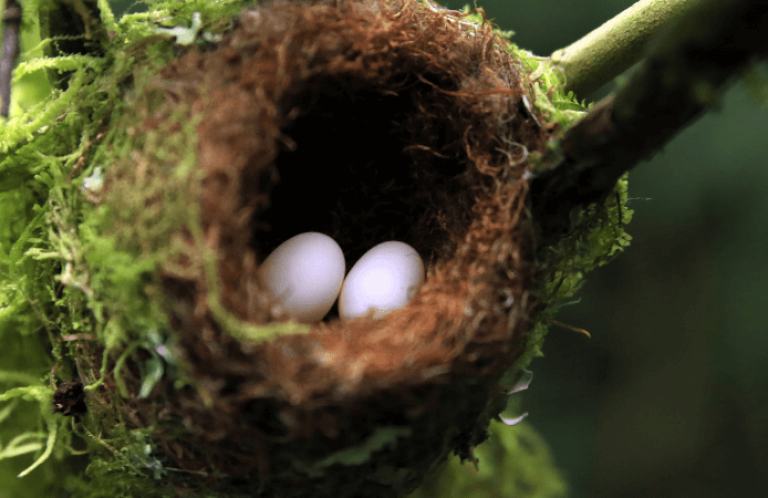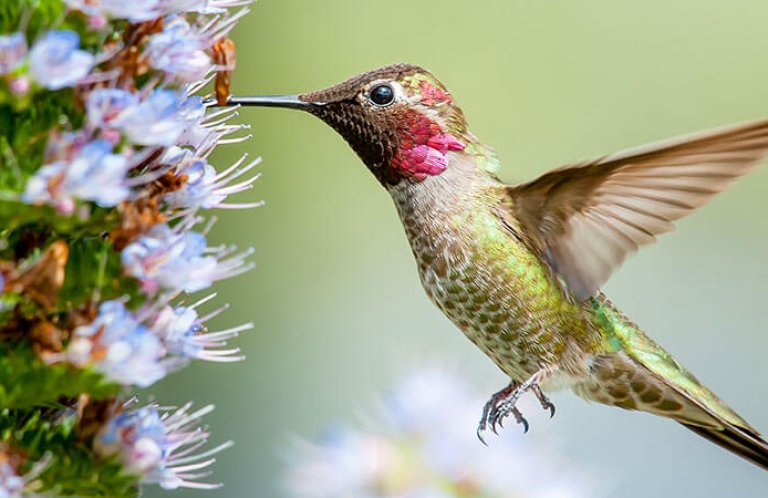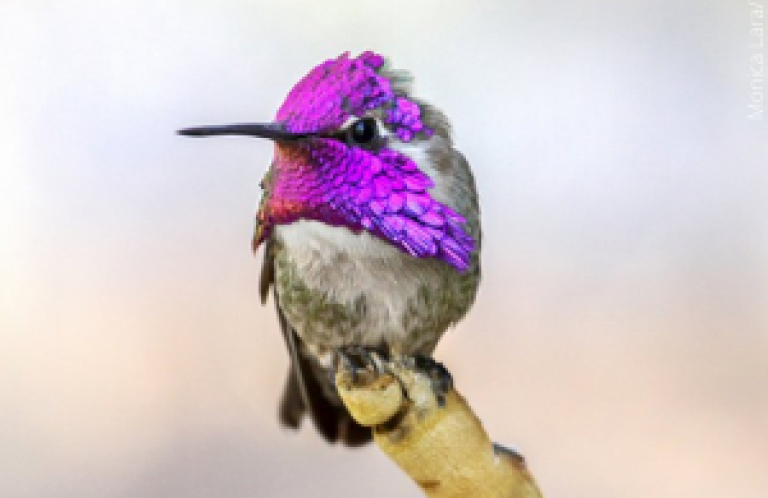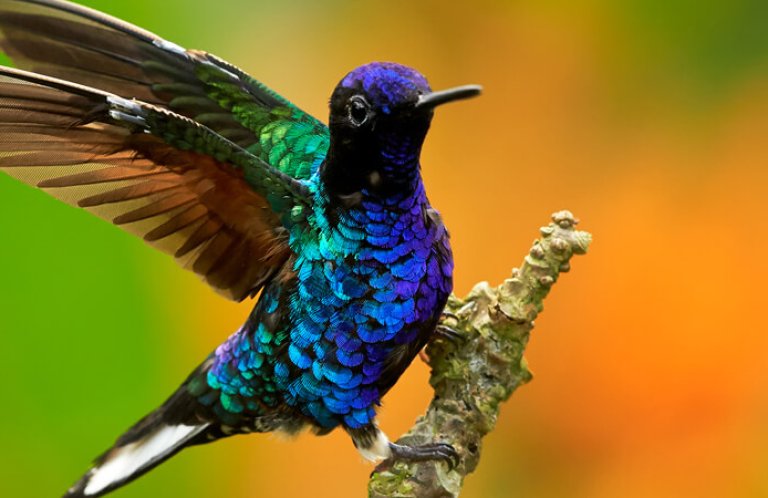Hummingbirds Lead Intense Lives: How Long Do They Live?
The ornithologist James Welty once said that “birds lead intense lives.” Perhaps no avian group embodies that phrase better than the hummingbirds. With wings beating so fast they're a blur, these tiny birds fuel their super-high metabolisms with sugary flower nectar, then go into torpor to make it through the night, conserving energy by slowing their heart rate and dropping their body temperature. Given the extreme stop-and-go nature of their lives, it's reasonable to wonder, how long do hummingbirds live?

How Long Do Hummingbirds Live?: Typical Hummingbird Life Expectancy
How long wild birds live can be tricky to determine, but there's no doubt that life is hard for hummingbirds. As is the case with many other birds, most hummingbirds don't make it through their first year, a period when they're especially vulnerable. And even if they pass that first-year hurdle, their chances of long-term survival aren't great.
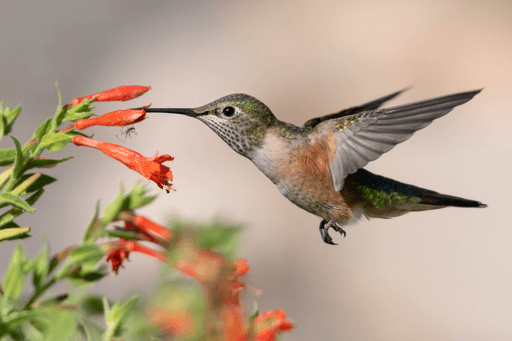
Data from the long-running bird-banding station at Pennsylvania's Powdermill Nature Reserve, for example, shows that only about 31 percent of adult male Ruby-throated Hummingbirds and 42 percent of females survive any given year. This suggests that the majority of hummingbirds live only a few years at most.
Check out the graph below to see longevity records for hummingbird species that are considered U.S. residents.
However, with luck, some individuals live for a surprisingly long time. North American hummingbirds with the longest known lifespans include a Black-chinned Hummingbird that was at least 11 years old when captured, and the all-time record holder, a female Broad-tailed Hummingbird first banded in Colorado as an adult (at least one year old) in 1976 and recaptured in 1987, meaning she lived at least 12 years.
Hummingbird longevity records vary by species. To see how various North American hummingbird species compare, check out the list of hummingbird lifespans below.
| Hummingbird Species | Lifespan |
|---|---|
| Broad-tailed Hummingbird | 12 years |
| Black-chinned Hummingbird | 11 years |
| Buff-bellied Hummingbird | 11 years |
| Rivoli's Hummingbird | 11 years |
| Broad-billed Hummingbird | 9 years |
| Costa's Hummingbird | 9 years |
| Ruby-throated Hummingbird | 9 years |
| Rufous Hummingbird | 9 years |
| Anna's Hummingbird | 8 years |
| Blue-throated Mountain-gem | 8 years |
| Calliope Hummingbird | 8 years |
| Lucifer Hummingbird | 7 years |
| Allen's Hummingbird | 5 years |
Compared to the average human, hummingbirds live short lives, but how do they stack up against other wild birds?
Given the incredible diversity of bird species, the answer, not surprisingly, is that it depends. Smaller birds, such as the Downy Woodpecker and Tree Swallow, share longevity records that are roughly on par with hummingbirds. Larger birds, however, can live significantly longer: Canada Geese, Great Blue Herons, and Mallards have all been observed living well beyond 20 years.
Hummingbird Life-Cycle
Because hummingbirds live such short lives, they may only have a few breeding seasons in which to pass on their genes. Males typically perform elaborate aerial displays to attract mates, and a single male may mate with multiple females each spring. From there, females are on their own. They build nests, incubate their eggs, and feed their nestlings with no help from males. Nestlings are fed on a diet of nectar and small insects for a few weeks, until they're ready to strike out on their own.
Why Hummingbirds Die
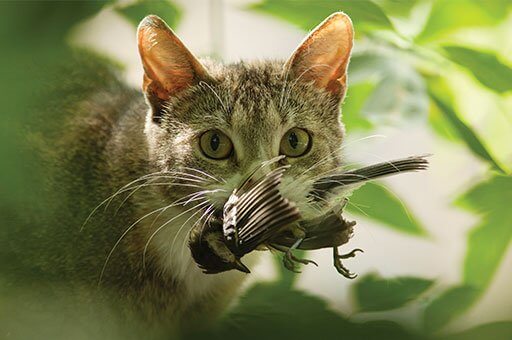
Hummingbirds typically don't die of old age. Cold weather claims the lives of many — but that's not the only danger they face. Hummingbirds are also confronted with a range of threats that stem from human activities.
These include habitat loss, predation by domestic cats, pesticides, and collisions with windows and vehicles. The collective impacts of these threats have sent some North American hummingbird populations into decline (more below), alarming researchers and spurring calls for increased conservation.
Shortening Lifespans: Five Declining Hummingbirds
Populations begin to decline when more individuals of a given species die each year than survive to breed. According to the IUCN Red List, nearly 60 hummingbird species in the Americas are “Near Threatened,” “Vulnerable,” “Endangered,” or “Critically Endangered.” And even among species that don't reach these thresholds, many are experiencing population declines over time. Here are five declining North American hummingbirds that you should know.
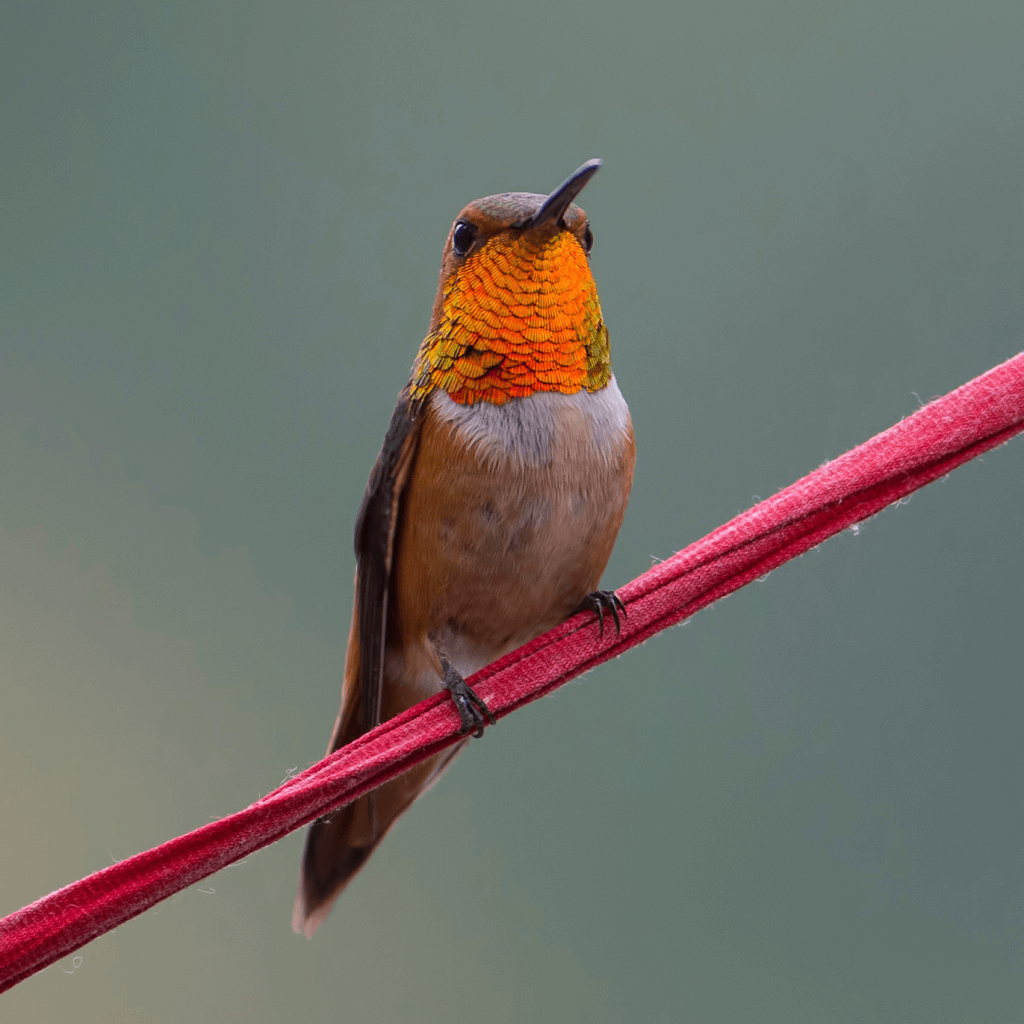
Rufous Hummingbird: Aggressive and striking (males are a bright rufous-orange all over their wings, back, and tail), Rufous Hummingbirds have the northernmost breeding range of any hummingbird species, making it all the way to Alaska. They can be found in a variety of habitats, including riparian areas, forests, farms, and even urban parks and backyards. Their numbers appear to have been declining by about 2 percent per year since the 1960s, leading to a 60-percent overall population loss. The causes, though unclear, may include changing fire regimes and increased pesticide use. Like many other hummingbird species, the Rufous Hummingbird stands to lose large swaths of suitable breeding habitat if climate change continues unchecked. This species is listed as Near Threatened on the IUCN Red List.
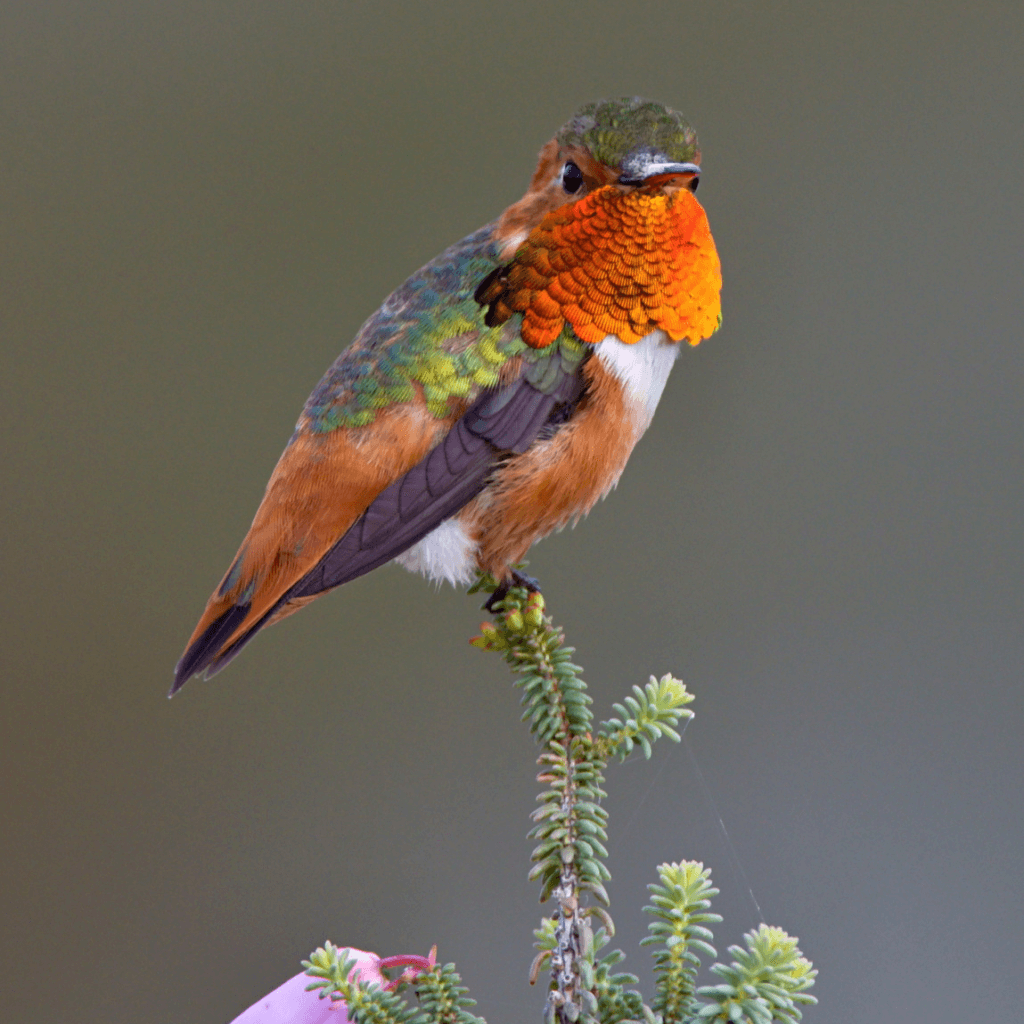
Allen's Hummingbird: Male Allen's Hummingbirds look just like Rufous Hummingbirds but have green feathers across their backs. (A small percentage of male Rufous Hummingbirds also have green backs, and these birds can only be identified by experts.) To impress females, males engage in spectacular display dives during which they hit speeds exceeding 55 miles per hour. This species breeds along a narrow strip of coastal California and Oregon and much of the population winters in a small area of Mexico. According to Partners in Flight, the Allen's Hummingbird population has declined by 83 percent over the last 50 years. The cause of this dramatic loss isn't fully understood, although it may stem from continued habitat loss, both in breeding and wintering areas.
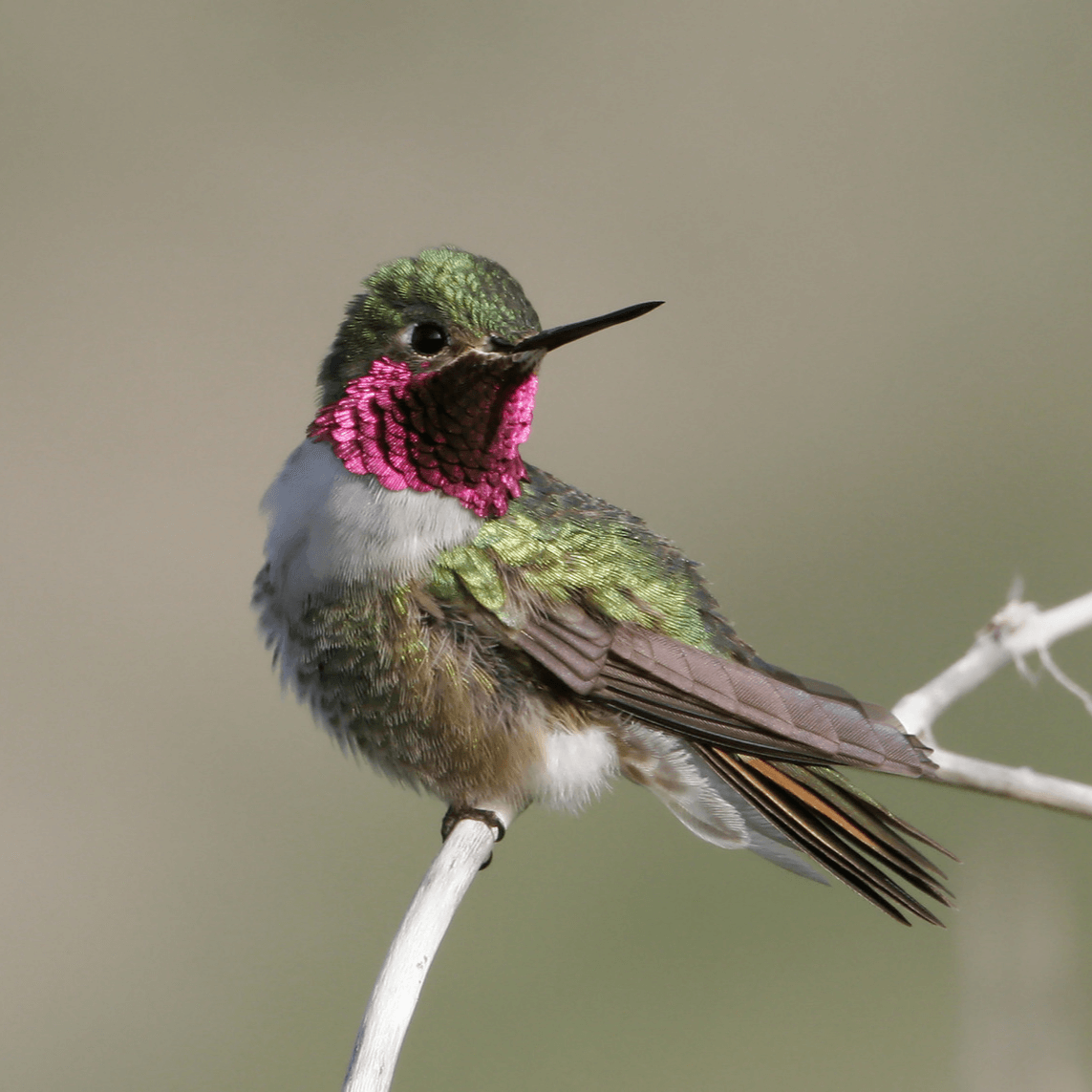
Broad-tailed Hummingbird: This medium-sized hummingbird is found along meadow edges in scattered mountainous areas of the western U.S. and Mexico. Males can be distinguished from similar- looking Ruby-throated Hummingbirds by the more magenta color of their gorgets (the iridescent patch found on the throat), and the striking trill made by the wings of breeding-season males in flight. Broad-tailed Hummingbird populations are declining at a rate of about 1 percent per year and it's estimated that nearly half the total population has disappeared in the last 50 years. Because they usually nest at relatively high altitudes, often above 5,000 feet, Broad-tailed Hummingbirds may be at particular risk from climate change: In some parts of their breeding range, the timing of plant flowering in their mountain habitats is already shifting, potentially leaving nectar less available while Broad-tailed Hummingbirds are nesting.
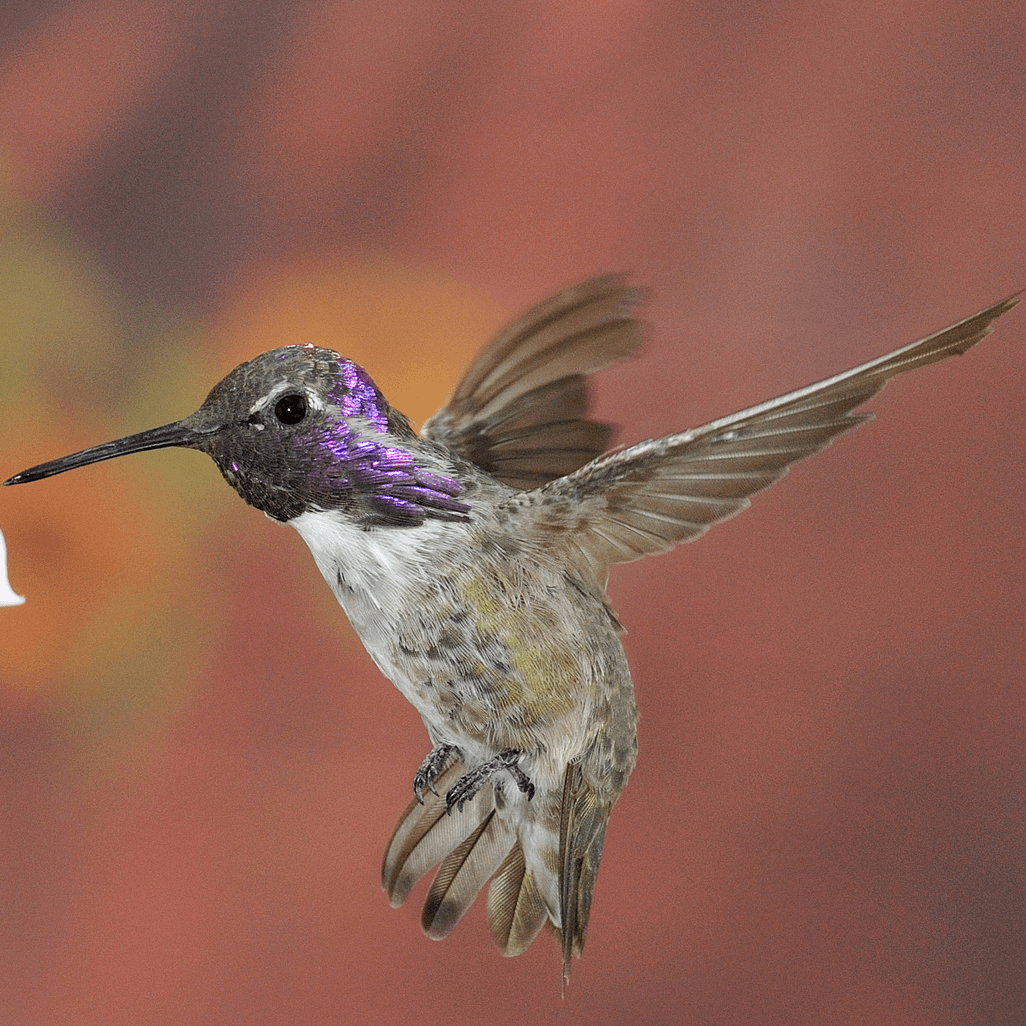
Costa's Hummingbird: Costa's Hummingbirds, with their striking neon-purple gorgets, live primarily in scrub habitat in the Sonoran and Mojave Deserts. They prefer to nest near desert washes and springs, and they gather nectar from a wide variety of desert flowers including chuparosa, ocotillo, penstemon, and monkeyflower. Like other hummingbirds, they also supplement their diet with small insects. Costa's Hummingbirds have declined by more than 50 percent over the last half century. The biggest threat they face is likely the loss of their desert scrub habitats to development and agriculture.
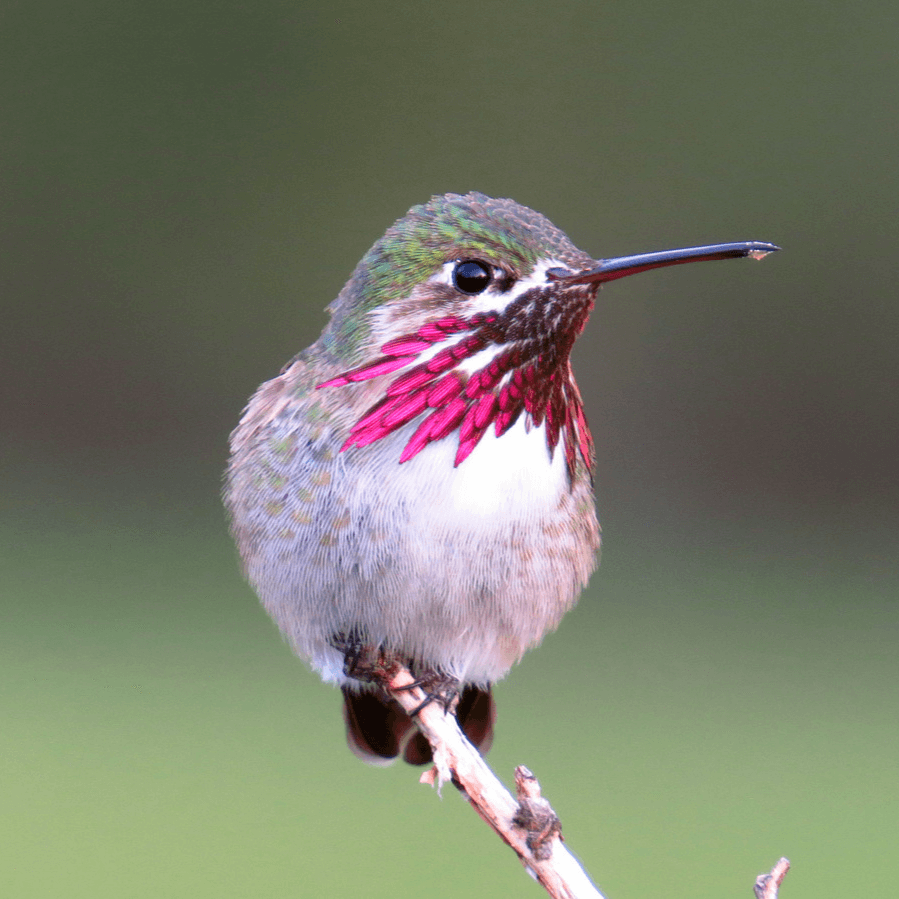
Calliope Hummingbird: Only three inches long, this tiniest North American hummingbird is also the world's smallest long-distance avian migrant, traveling more than 5,000 miles each year. Calliope Hummingbirds breed in the mountains of the western U.S. and Canada, and can be identified by the male's unique, purple-streaked gorget. Less obvious and aggressive than other hummingbird species during migration, Calliopes nonetheless become strongly territorial when it's time to breed. Although the decline in Calliope Hummingbird numbers has been relatively small (9 percent in the last 50 years), the species' small winter range in Mexico leaves this bird vulnerable to future population losses.
What Can I Do to Support Hummingbirds?
We all can do our part to protect hummingbirds. Policies enacted by Congress and federal agencies, such as the U.S. Fish and Wildlife Service, have a huge impact on America's birds. You can help shape these rules for the better by telling lawmakers to prioritize birds, bird habitat, and bird-friendly measures. To get started, visit ABC's Action Center.
Don't overlook the impact you can have in your yard. Creating and improving habitat for hummingbirds can be easy. Check out our "Hummingbird Paradise" post to learn more. For a complete list of daily activities you can take to help birds, visit our Bird-Friendly Life page.
How American Bird Conservancy (ABC) is Helping Hummingbirds
ABC protects hummingbirds throughout their entire life-cycle.
In the U.S., ABC helped establish the Paton Center for Hummingbirds in Arizona, a space that educates the community about these wonderful birds. In Latin America, we work with partners and local communities to ensure there is habitat for the rarest species, including the Marvelous Spatuletail and the Blue-throated Hillstar. We support a reserve network with our partners that spans Latin America, covering more than 1 million acres and helping to protect 234 hummingbird species!
With our partners, ABC also conducts field expeditions to search for new, and monitor known, hummingbird populations. These efforts allow us to detect population changes and to identify new threats or land-use changes that might affect species and their habitats.
Taken together, these efforts represent a monumental undertaking, requiring the support of many. You can help by making a gift today.






































